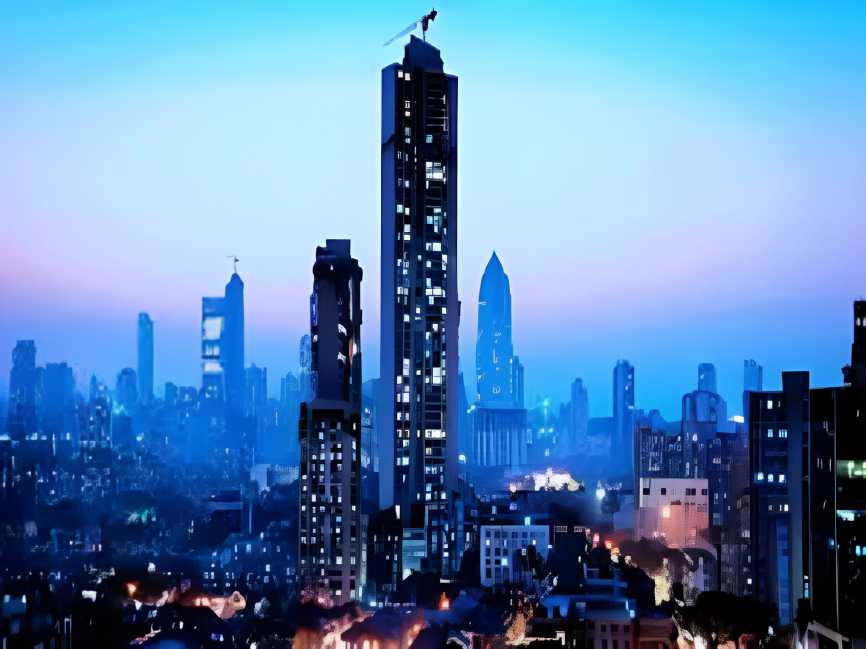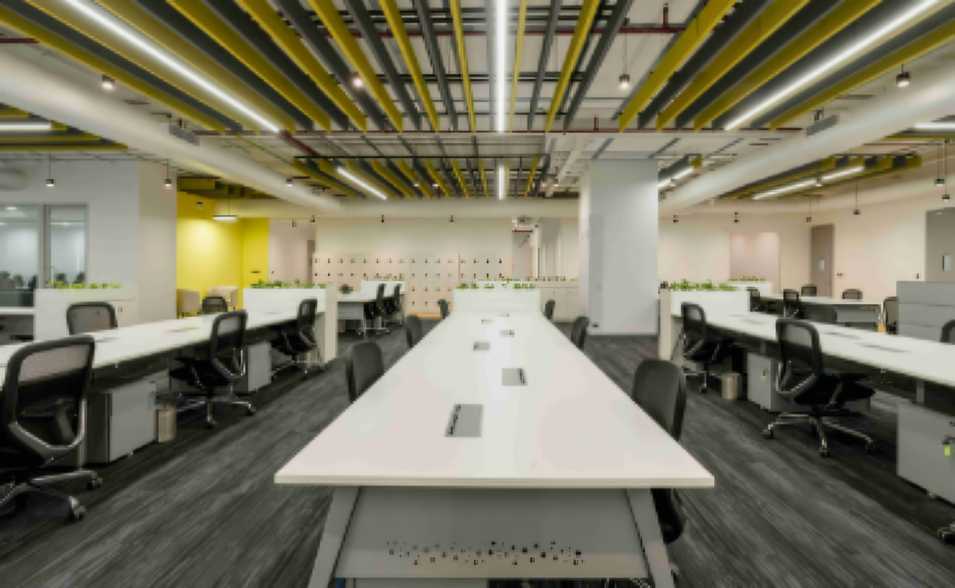September 16, 2025: India’s cost of living continues to rise sharply, with residents in the largest metros feeling the pinch despite steady salary growth. While these cities remain magnets for jobs, education and lifestyle opportunities, the gap between incomes and expenses is widening.
Mumbai retains its crown as India’s most expensive city. Premium enclaves such as Malabar Hill, Bandra and South Mumbai see property prices exceeding Rs 1 lakh per sq ft. Rental costs are equally prohibitive, and when combined with transport, utilities and lifestyle spending, the financial burden is immense. Global surveys including Mercer and Numbeo consistently rank Mumbai at the top for cost of living in India.
Delhi NCR, spanning Gurugram and Noida, comes second. Rising real estate prices in prime locations, coupled with expensive healthcare, schooling and lifestyle amenities, make the region particularly costly for families.
Bengaluru’s tech-driven expansion has fuelled demand in areas like Koramangala, Indiranagar and Whitefield, sending housing and rental prices soaring. Daily costs such as food, transport and congestion add to household pressures.
Hyderabad has rapidly climbed the ranks. Housing in HITEC City and Gachibowli now rivals metros, with luxury apartments above Rs 3 crore becoming commonplace. Rising living costs further strain residents.
Pune’s IT, education and auto industries are pushing demand in Koregaon Park, Kalyani Nagar and Hinjewadi. With rentals and daily expenses climbing, affordability is shrinking for the middle class.
In Chennai, neighbourhoods such as Adyar and Anna Nagar are witnessing steep housing price hikes. Schooling, healthcare and lifestyle expenses are also adding to household budgets.
Housing remains the single biggest cost driver across these metros. As property prices and rentals surge, every other aspect of living—from transport to groceries—tends to scale up, leaving many households struggling to maintain their standard of living.
Source: My Pune Pulse





